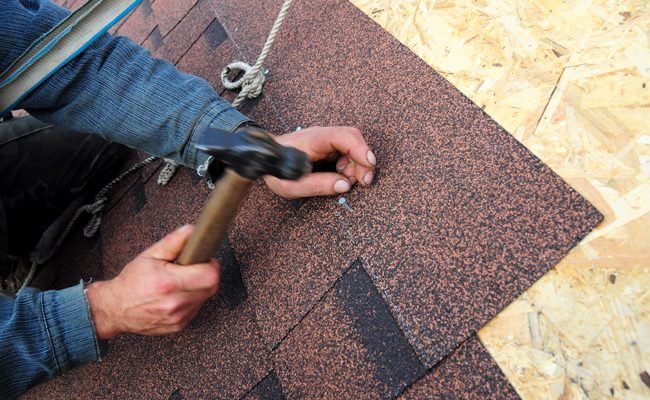
The price you pay for goods matters since you want to reduce your expenditure as a consumer, even as you aim to get value for your money. There are various concepts you need to familiarize yourself with to understand how different markets work before going ahead to make that purchase. One of these concepts is why prices for similar goods differ from state to state. Are you a homeowner and want to purchase new roofs for your renovation project? Before going ahead, it’s best to know how roof pricing is done to know where to source your roof from? As you learn about the pricing process, you might have discovered that roof prices vary by state. Why is this? This article answers this question for you, read on!
Roof prices differ between states because of:
Varying Labor Laws
Most governments work to protect their working citizens by ensuring employers don’t mistreat or take advantage of them. The relevant bodies will require you to pay for benefits, allowances, and insurance covers for all your workers. All these costs are without factoring in the monthly salary you pay your team. In total, all these costs eat into the profits of most businesses, and owners need to recover the costs in one way or another.
The most straightforward way is by adding the prices of their roofs. Where does the disparity come in? There are states where the government requires that you only pay the insurance and the minimum wage while others require you to pay medical allowance, insurance, retirement, and a minimum wage. If you live in New Jersey, the price of a roof in NJ will be different due to their labor laws and the requirements you need to meet.
Market Dominance
Market dominance will more or less refer to the monopolistic nature of a roofing manufacturing company. Most large companies have expanded their operations and have branches in several states. However, their market power varies across the states.
A specific brand might only be available in Texas or other states, giving them total control of the roofing market. In such a scenario, most owners will take advantage and charge high prices for their roofs. As a consumer, you’ll have no choice but to purchase the roof at the said price.
On the other hand, the same brand might not have the same dominance in another state, where there are several other roofing brands available. In this case, the manufacturer has to bring down the price in relation to what the other brands are selling. This means that the same brand will sell its materials at different prices compared to cost of a roof in Texas or any other state.
Different Tax Obligations
Taxes differ from state to state and depend on each economy. Some governments require a higher percentage than others. This directly impacts the cost you’ll pay for your roof.
Most vendors will compensate the amount they pay for taxes by increasing the prices of their goods, in this case, your roof. The basic price of the roofs can be similar initially, but once each vendor adds tax compensations, you’ll see varying roof prices.
Different Demand For Roofs
What puts a roof vendor in business are home and commercial building owners looking to build, renovate, or replace their roofs. What if most homeowners in a given state opt for a different roofing solution, such as a flat concrete roof. This means there’ll be low demand for roofing materials, such as iron sheets and shingles.

The vendors who’ve specialized in this business will lack a market for their goods, and most will have no choice but to bring down the prices of their roofs. They’ll bring down these costs with the hope of attracting customers.
On the other hand, there could be a high demand for the same roofing materials in another state. Based on the demand and supply curve concept, vendors are likely to increase the prices of their roofing materials.
Availability Of Raw Materials
Most roofing materials are made from the assembly of several components. This means that the availability of raw materials contributes to the price you’ll pay for your roof. It’s good to point out that this reason mainly affects the roof manufacturers rather than the vendors.
The source of these raw materials is what brings about the difference. If you’re in a state where the roof manufacturer has to import the raw materials to produce the roof, they’ll incur several costs, including shipping costs. As previously stated, this manufacturer will have to recover these costs by adding them to the final cost of the roofing material.
Suppose the materials are locally available; there’s a high probability that the manufacturer will add minimal costs to the final price. The same will happen if the manufacturer produces the raw material themselves; they’ll add none to minimal costs. This’ll bring about the different roof prices from the other state where the manufacturer has to import materials.
Conclusion
You’ve understood why you’ll pay different prices for your roof from the discussion. You can now decide whether to purchase the roof for your construction project within or outside your state. By using this article’s insight, you’ll get your roof for the best price in the market.
Leave a Reply